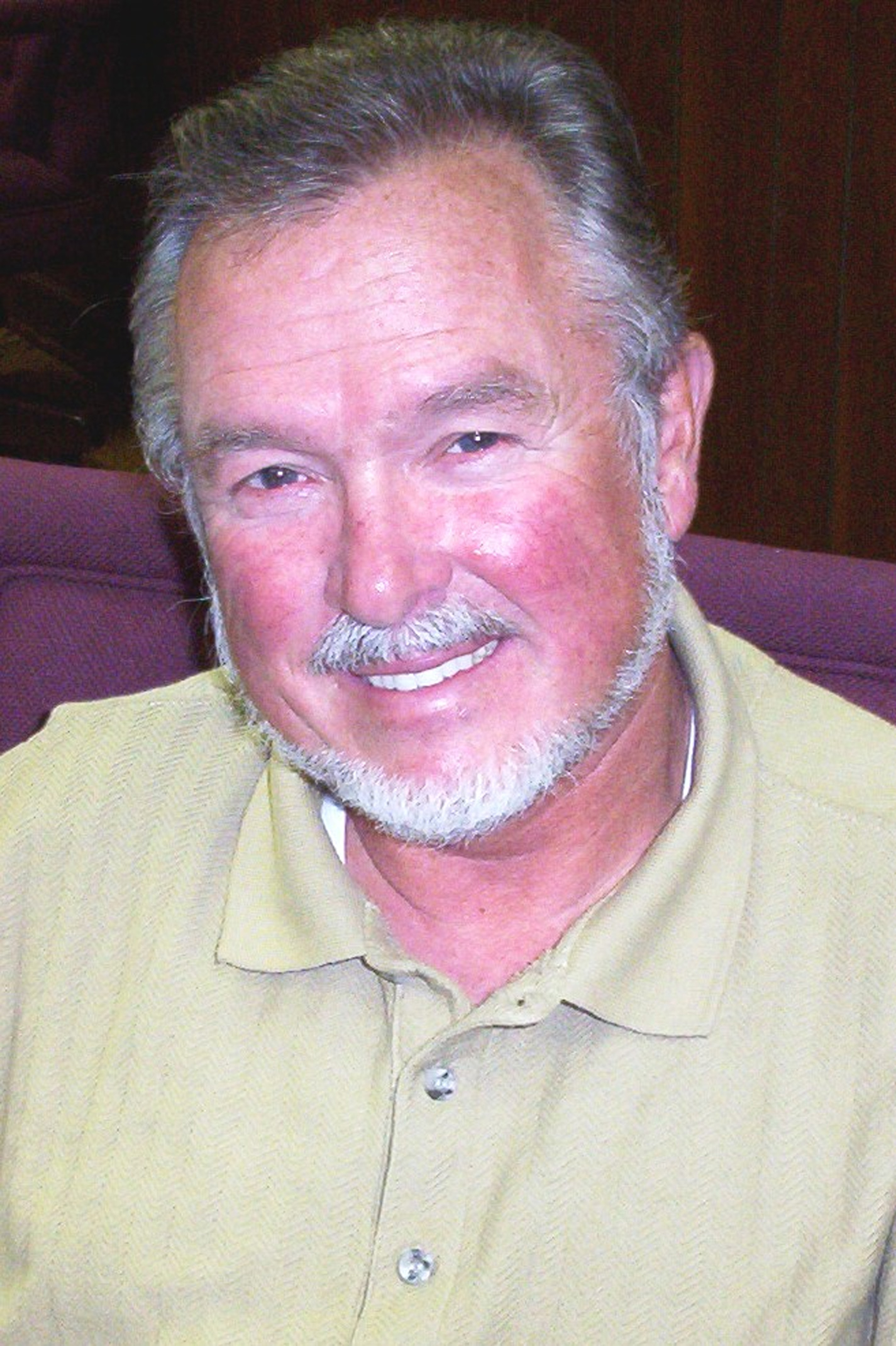Contact: Phil Hearn

Terry Amburgey
Terry Amburgey wants to build his dream house and he's looking for a perfectly awful site--preferably one on sloping ground with plenty of natural potential for drainage and foundation problems.
Forget that real estate nonsense about location, location and location. The Mississippi State professor is looking for trouble, trial and tribulation--and not necessarily in that order.
Throw in plenty of Southern heat and humidity, add a decay-prone wooden frame, and the Mississippi State scientist will be well on his way to creating a residential buffet sure to entice even the pickiest eaters among the state's voracious termite population.
Bon appetite!
Amburgey, a researcher in the university's Forest and Wildlife Research Center, is not delusional; nor is he gambling his solid professional reputation on some wooden-headed concept of cockamamie construction. A problem-solver who was raised in dairy-farming country near New Egypt, N.J., he migrated south and joined the MSU faculty 25 years ago as an expert in preventing the deterioration of wood structures.
In a cooperative project now under way at MSU, he and others are seeking to solve climate-related housing construction problems endemic to the Deep South: high heat, humidity, decay fungi, mold, high-wind events, and a variety of insects that include beetles and termites. The idea is to make sure newly constructed homes in this part of the country have a chance of surviving to a ripe old age.
"What we're trying to do is intelligently look at the climate we're dealing with and determine what works and what doesn't work," said Amburgey.
Funded by an initial $126,000 grant from the U.S. Forest Service's Forest Products Laboratory, the project Amburgey directs is a part of the federal agency's Coalition for Advanced Housing and Forest Products Research Laboratory. It includes MSU faculty members in forest products, civil and mechanical engineering, landscape architecture, and architecture.
An arm of the U.S. Department of Agriculture, the Forest Service's housing coalition brings together higher education institutions to focus on residential wood product and systems research in specific climates. Other member schools include Iowa and North Carolina State universities and the universities of Arizona, Minnesota and North Dakota.
"Right now, housing research is being done in piecemeal fashion by a variety of people with a variety of fields of expertise, and none of it is coordinated," said Amburgey. "With this regional approach, the research data will be funneled into the advanced housing research lab at Madison, Wisc., which will coordinate everything."
In addition to Amburgey, the MSU research team consists of David Lewis in architecture; Thomas White, Ralph Sinno and Chris Eamon, civil engineering; Pete Melby, landscape architecture; and Carl James, mechanical engineering. They will oversee construction of a research and demonstration test house on the MSU campus to serve as a model for evaluating building designs, construction techniques, air-handling systems and landscaping techniques for use in the South.
Lewis will coordinate design of the structure in the first phase of the project.
"We want to build problems into this house," explained Amburgey. "We want to put it on a sloped lot somewhere so there will be drainage problems for the landscape architecture people to play with. We want to deliberately make it a bad setting so we can figure out ways of taking care of problems that face many homeowners."
White, civil engineering department head, said his participation in the project will be related to foundations, material strength, structural capacity and constructability, with a particular emphasis on high-wind impacts on structures.
"Mississippi has tremendous exposure to hurricane and tornadic winds that cause significant property damage and loss of life each year," White noted. "Civil engineering has developed important testing and analysis capabilities for wind loading on structures."
Melby, who led the university's successful effort to create a unique Center for Sustainable Design, said the landscape architecture department will focus on such areas as energy efficiency and moisture-generating conditions that promote termite infestation.
"We hope to design a house that will use 75 percent less energy than a conventional home," said Melby, who, like Amburgey, is a 25-year MSU veteran. "All construction and management of the landscape will be done in consideration of the termite problem in the hot, humid climate zone in which we are located."
The Formosan subterranean termite that now infests Mississippi and 13 other states is such a threat to Southern structures that the MSU researchers will set up a field test site at a Mississippi Agricultural and Forestry Experiment Station this spring to develop procedures for keeping the wood-devouring creatures under control. The McNeil community site is located along state Highway 11 between Poplarville and Picayune.
"It is not a native termite," explained Amburgey. "It has been introduced into the South through various ports. It has been a big problem in New Orleans for the past 20 years and is now spreading all along the Mississippi, Alabama and Louisiana coasts."
Other states that have attracted the Formosan termites to date include California, Arizona, New Mexico, Texas, Arkansas, Georgia, Florida, South Carolina, North Carolina, Virginia, and Hawaii. They are projected to spread northward in the United States to about 35 degrees latitude.
"The problem is the colonies have probably 10 times the individual termites that our native termite colonies have," Amburgey said. "The average colony will contain from 350,000 to 500,000 termites and each termite is bigger, so they tend to cause more damage when they do occur."
NEWS EDITORS/DIRECTORS: For additional information, contact Dr. Amburgey at (662) 325-3057 or tamburgey@cfr.msstate.edu.